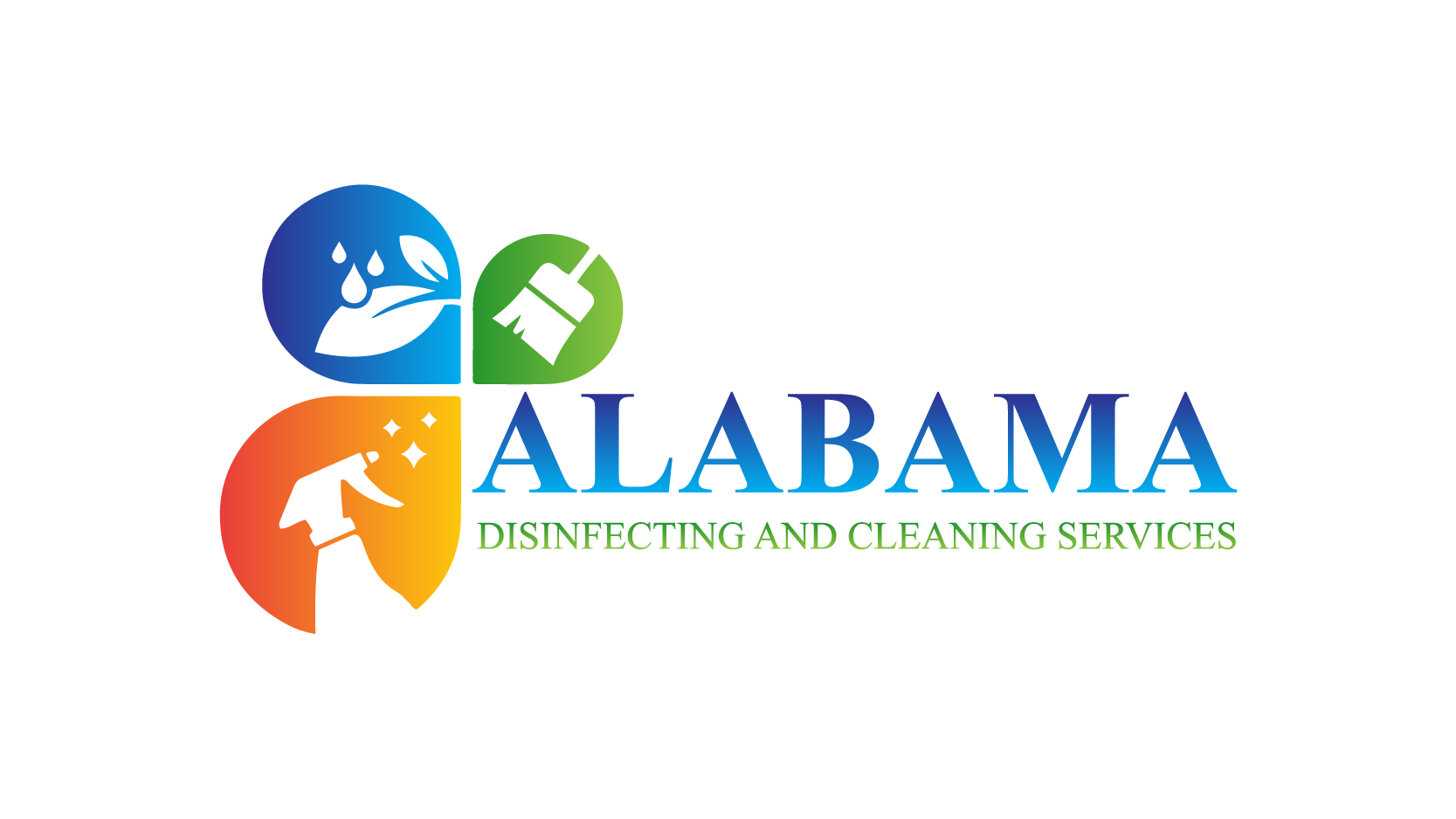People frequently do not realize that you can actually damage your concrete driveway, patio, or other concrete areas by pressure washing. Most people believe that concrete is solid and almost invincible. However, using a pressure washer with the incorrect tip or too much pressure can etch concrete. Here are a few tips to allow you to safely pressure wash your driveway or any other concrete surface. Actually these work for just about any surface you choose to pressure wash.
1) Use the green tip when washing concrete. The red and yellow tips put all the pressure in a very small area and will blast the top off the concrete. The white and the black are more spread out and designed for washing cars, siding, etc.
2) Use a pressure washer around 2,500-3000 PSI nothing more powerful is needed for household maintenance. Small electric pressure washers are usually not a good option for the homeowner (other than being inexpensive) as they do not have enough PSI to really do the job of cleaning.
3) Many people see lines of dirt left after pressure washing, especially in areas near the end. These are usually human error – you get warn out and don’t take as much time as when you started. An inexpensive answer to this is to use a turbo nozzle which rotates the water, cleans a bigger area, cleans well and does not leave lines.
4) If there is a lot of dirt, mold and mildew, or other stains, use a cleaner – let the detergent do the work , not you. Cleaners pull the dirt out of the open pores and give you a better clean. They also leave the pores open, perfect for a sealer after cleaning. A pressure washer removes surface dirt but can’t get inside the pores. Usually an all-purpose cleaner will handle the job.
5) Mold and mildew, rust and oil stains need special treatment and special cleaners. Rust is a chemical stain. Oil penetrates into the pores of the concrete and is difficult to remove. Pressure washing will remove the surface oil allowing the oil inside to resurface and the stain to return. Mold and mildew should be cleaned as they are actually growing and spreading. It is best to use specialized cleaners such as Rust Remover, Oil Cleaner/ Degreaser, Gray-Out Waterless Oil Cleaner, or Mold and Mildew Cleaner.
6) Do not try to remove sealers or coatings with a pressure washer. Often times this leads to over-concentration of water pressure in small areas which leave etch marks. The majority of the strength of your concrete is in the top layer. Once this layer has been removed, your concrete is very susceptible to deterioration and damage.
7) Consider sealing your concrete in order to keep dirt and stains from penetrating into your concrete’s open pores. This will keep your concrete cleaner longer and make it easier to clean when pressure washing it. The dirt and stains will stay on the surface, making them easier to remove. It also makes it easier to remove ice and snow in the winter time.
8) Using a professional pressure washing company can alleviate the work and cost, so give us a call for any residential or commercial pressure washing or soft washing jobs

Recent Comments